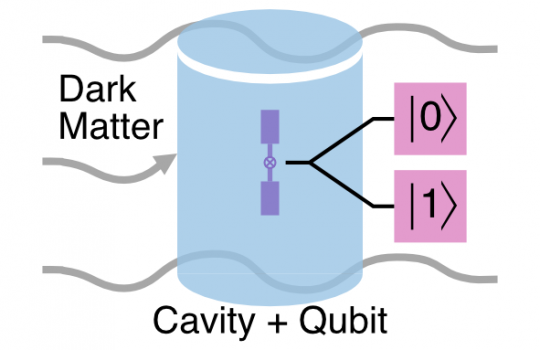Gina Rameika elected DUNE co-spokesperson
On April 1, Gina Rameika assumed the role of co-spokesperson for the Deep Underground Neutrino Experiment, elected by a collaboration of more than 1,000 physicists and engineers. DUNE, hosted by Fermilab, comprises people from more than 200 institutions in 33 countries.



